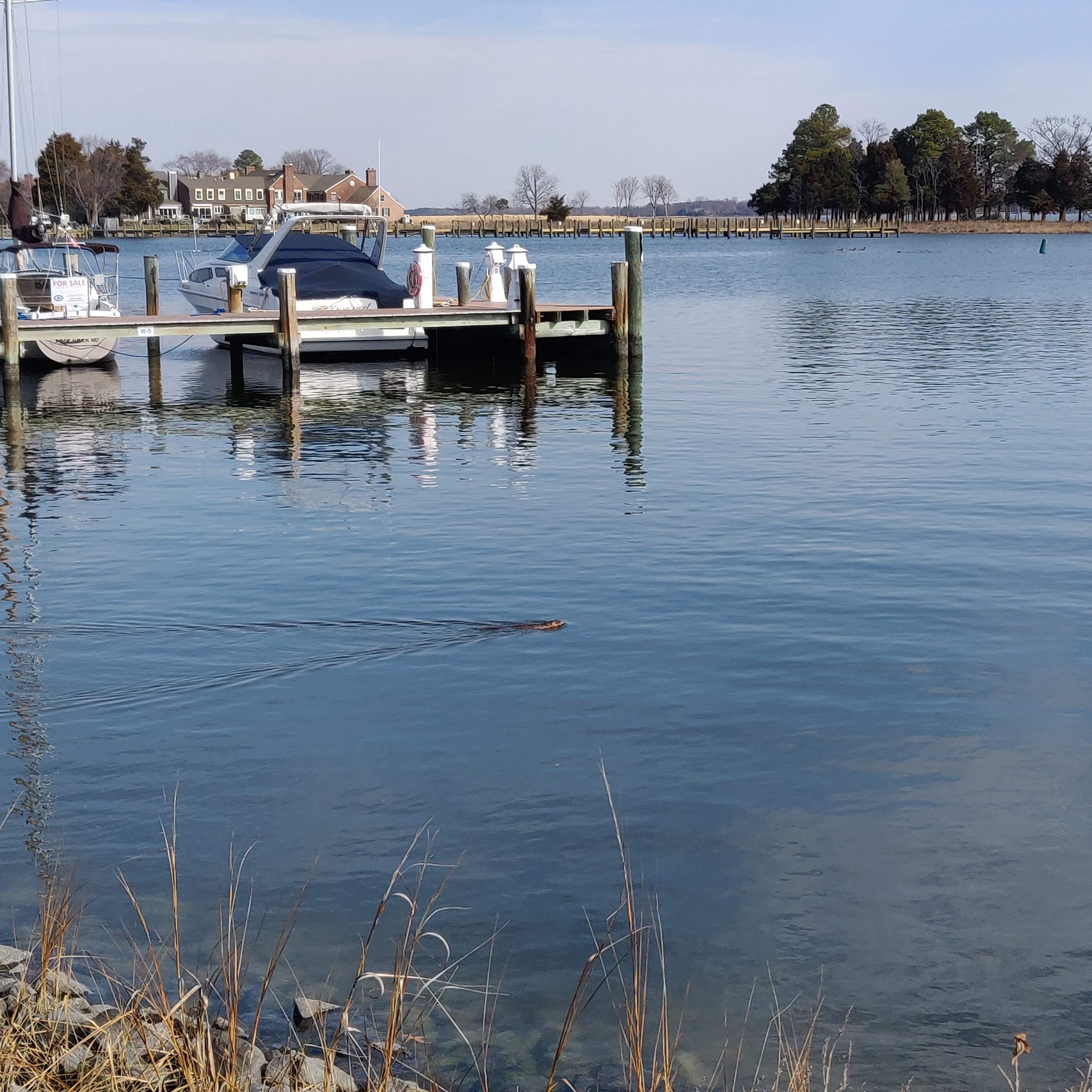
Last May, I attended the 2nd International Marine Conservation Congresss, an interdisciplinary conference that brought together scientists, NGOs, policymakers, and interested members of the general public. It was the largest professional meeting dedicated to saving the oceans in history, and it was an honor to be a part of it. In addition to seeing old friends and meeting some of my heroes, I took the opportunity to “live-Tweet” the talks I attended. Whenever a presenter made an important point, I summarized it in a Tweet, and, whenever possible, I included relevant hashtags (#Shark, #bycatch) and links to more information (either a website or published paper affiliated with the presenter, or one from a 3rd party working in the same field).
This started off primarily as a way for me to keep notes on the talks, but it quickly became apparent that my followers were very interested in what I these conference presenters were saying. Re-Tweets were off the charts, and many followers asked me questions about the research I was reporting on. Because Twitter is an instant form of communication, I received these questions before the 12-minute presentations I was reporting on ended… and in several cases, I relayed the questions from my followers to the presenters during the 3 minute question and answer session that follows a typical conference talk. One presenter, who was talking about marine protected areas in South America, was pretty shocked when I asked a question and said that it was relayed to me from someone in his home country.
I wasn’t the only one live-Tweeting talks +, but summary statistics reveal that I did it the most (almost 25% of all the #IMCC2 Tweets came from me, out of over 100 people who Tweeted with an #IMCC2 hashtag more than once). I had more than 500 #IMCC2 Tweets, and, as a measure of how interested people were in what I was relaying, more than 300 #IMCC2 tweets included me in a reply or mention (including re-Tweets).
While I believe that live-Tweeting conferences is an important way to share the information with the general public (many more people care about the oceans than can afford to fly around the world to attend a meeting), the joy of sharing exciting discoveries with an enthusiastic audience wasn’t the only reward that I got in this case. At the closing banquet, after singing some karaoke and drinking some apple juice* , the President of the marine section of the Society for Conservation Biology (Dr. Chris Parsons) approached me.
The theme of the Congress had been “Making Marine Science Matter”, and we heard frequently throughout the week that scientists needed to do a better job explaining their research and its significance to policy makers and the general public. Chris had heard about my live-Tweeting and thought it was a perfect example of achieving the goal of the conference. He offered me the chance to be the marine section’s official Tweeter at the Society for Conservation Biology’s next meeting in Auckland, New Zealand, and that SCB would cover my travel expenses. In other words, in exchange for Tweeting about how brilliant scientists are saving the world, I get a free trip to New Zealand.
I’m not telling this story to brag to my fellow science bloggers and Tweeters (well, not entirely…). I’m telling this story because Chris Parsons is right: live-Tweeting a conference is a fantastic way to explain science to the general public. More conference participants need to do it, and more professional societies need to encourage it.
I will post a couple of follow-up pieces soon explaining some of the best techniques for live-Tweeting a conference presentation (it’s actually more difficult than it sounds) and strategies that forward-thinking professional societies should use to promote more live-Tweeting and other online outreach.
+ Other top Tweeters included Rick MacPherson (CORAL/ Deep Sea News), Liz Foote (CORAL), Liz Neeley (COMPASS), Heather Galindo (COMPASS), Josh Drew (Field Museum), Scott Dodd (OnEarth Magazine), and Rick Searle (EKOS Communications). You should follow these people. They are awesome.
* I’m pretty sure it was apple juice, but some of my memories of that evening are a little fuzzy… probably because we drank so much apple juice. Also, every post-conference party should have karaoke.

More & more organizations are appreciating the importance of online outreach! At the recent Optical Society of America meeting in San Jose, the OSA was awarding prizes for “Tweeter of the day” and “Tweeter of the meeting”. I won both one of the day prizes and the meeting prize for my livetweets of sessions, and that was worth $125 in gift cards!